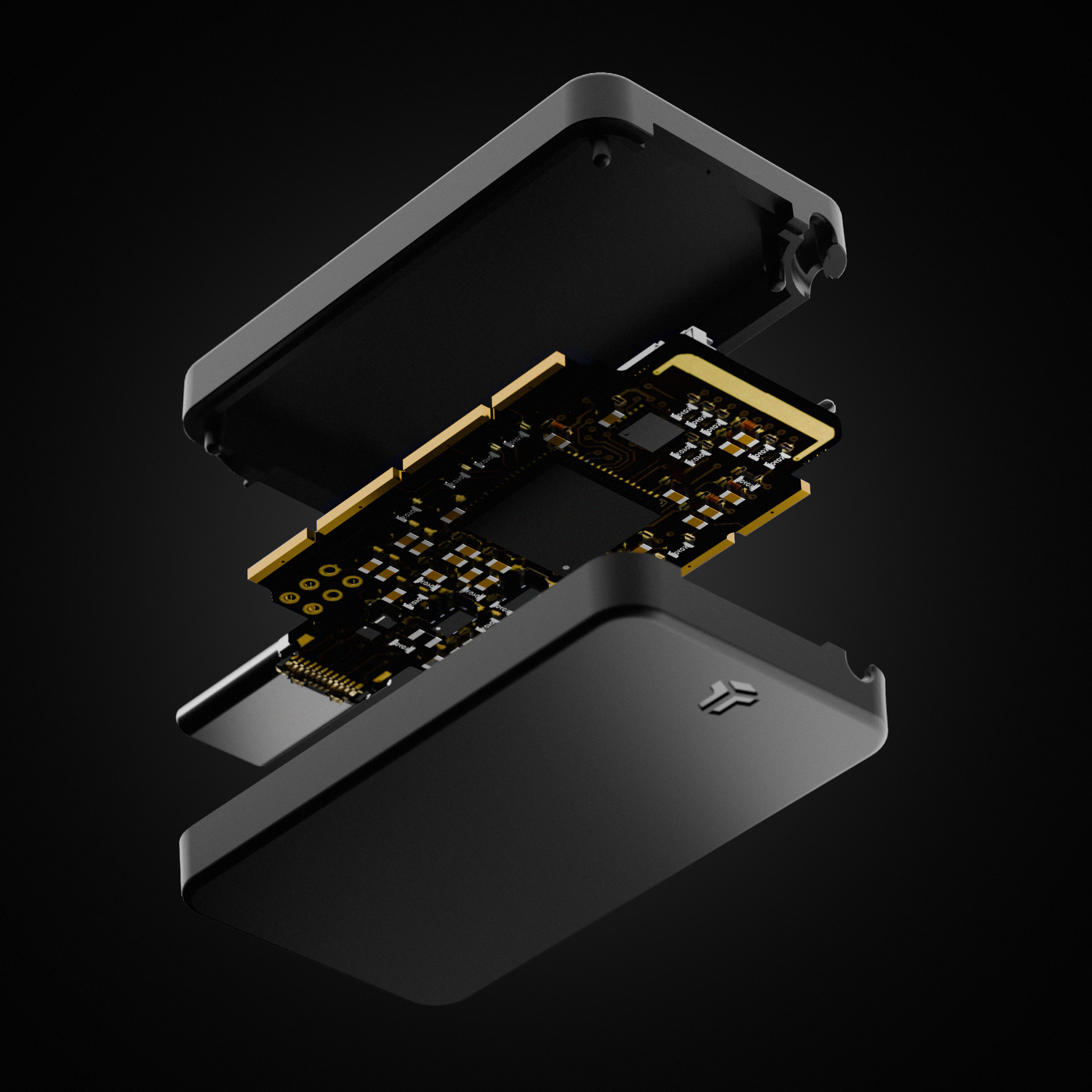Unraveling the Divergent Mode of Cu- or Zn-assisted Radical Addition of Imine: A Mechanistic Perspective on Lewis Acidic Metal-Induced enantioselectivity
Abstract As widely used Lewis acidic metals, Cu and Zn possess distinct redox properties and coordination modes, potentially leading to different radical addition mechanisms. Achieving precise control over the stereoselectivity of imine addition reactions assisted by these differing Lewis acidic metals remain to be a significant challenge. In this report, we present computational evidence that the mode of radical addition is governed by the redox properties of Cu and Zn. In Cu-assisted radical addition, Cu(I) species are prone to be oxidized, leading to the formation of a Cu(II)-amino intermediate. Conversely, due to the stable oxidation state of the Zn(II) species, the metal-stabilized amino radical is formed during Zn-assisted radical addition, while the oxidation state of Zn remains unchanged. The NCI analysis reveals the origin of the opposite enantioselectivity observed in Cu- or Zn-assisted radical additions. The distinct coordination modes of the Lewis acidic metals give rise to π-π interactions that dictate the direction of radical attack, leading to differences in enantioselectivity. We anticipate that the mode of Lewis acidic metal-assisted radical addition may extend to other imine addition processes and explain the unique effectiveness of Lewis acidic metals in many instances. Supplementary files Article information DOI https://doi.org/10.1039/D5QO00530B Article type Research Article Accepted 30 Mar 2025 First published 02 Apr 2025 Download Citation Org. Chem. Front., 2025, Accepted Manuscript Permissions Unraveling the Divergent Mode of Cu- or Zn-assisted Radical Addition of Imine: A Mechanistic Perspective on Lewis Acidic Metal-Induced enantioselectivity D. Fu, R. Bai, J. Wu, K. Yang, X. Guo, Y. Lan and T. Zhang, Org. Chem. Front., 2025, Accepted Manuscript , DOI: 10.1039/D5QO00530B To request permission to reproduce material from this article, please go to the Copyright Clearance Center request page. If you are an author contributing to an RSC publication, you do not need to request permission provided correct acknowledgement is given. If you are the author of this article, you do not need to request permission to reproduce figures and diagrams provided correct acknowledgement is given. If you want to reproduce the whole article in a third-party publication (excluding your thesis/dissertation for which permission is not required) please go to the Copyright Clearance Center request page. Read more about how to correctly acknowledge RSC content. Social activity Spotlight Advertisements


